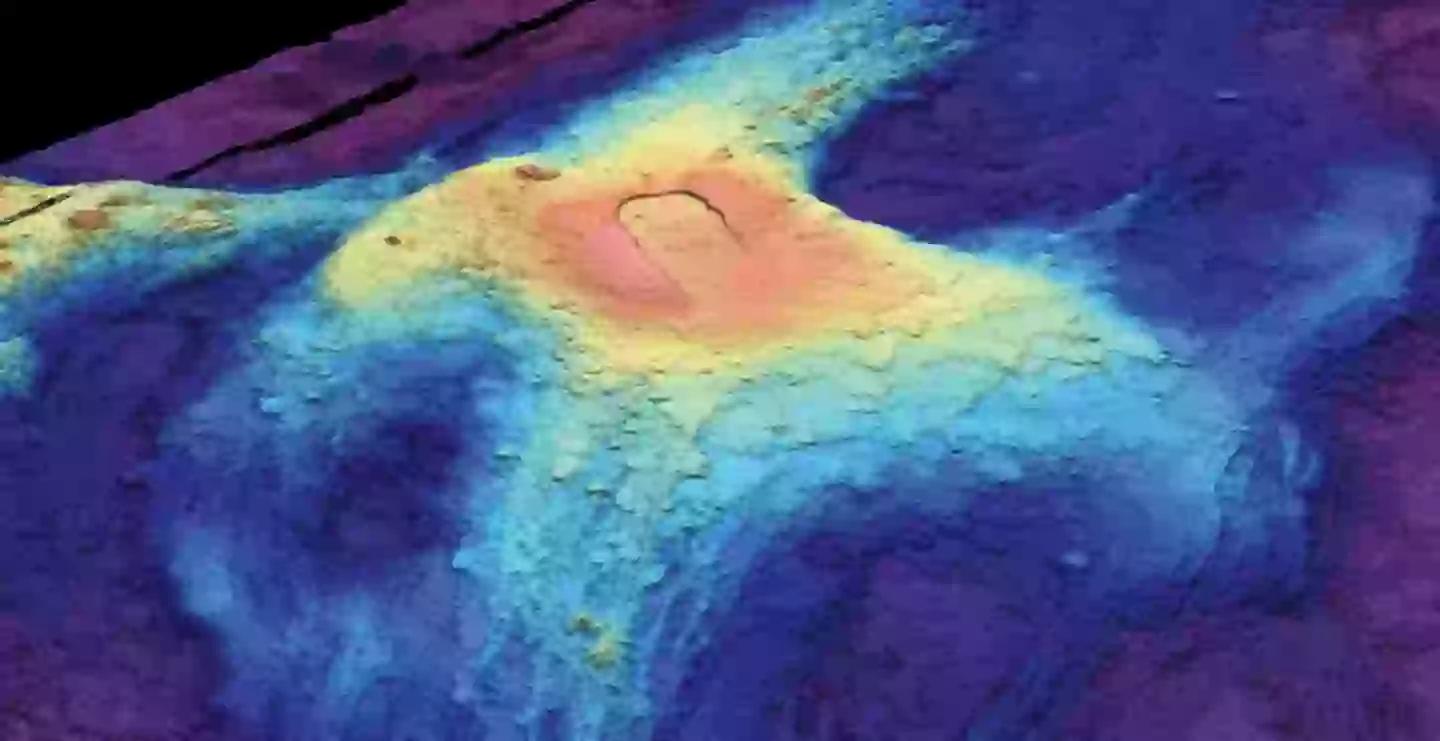Countdown to catastrophe: Is the giant underwater volcano on the brink of eruption?
So, picture this: there’s this massive underwater volcano chilling 5,000 feet below the Pacific off Oregon’s coast, and it’s gearing up to blow its top—any day now, according to the scientists who’ve been keeping tabs on it. The Axial Seamount’s been playing it cool most of the time, but every time it wakes up — in 2011, 2015, and before that in ‘98 — it’s been busy reshaping the ocean floor like some giant subterranean sculptor. I mean, it sunk the ocean bottom by nearly eight feet last time. Now, I don’t know about you, but I can’t help wondering: if this beast erupts while we’re all glued to our phones, will it get the attention it deserves or just humbly sneak under the radar? Luckily, it’s 300 miles offshore, so no beachfront barbecues are at risk yet. Still, the sea floor inflating and earthquakes buzzing beneath the waves? That’s a science story with a serious edge. And hey—who doesn’t want to see Mother Nature drop a surprise remix on the deep sea?
LEARN MORE
A huge underwater volcano in the Pacific Ocean could erupt ‘any day now’, according to scientists.
The Axial Seamount, a sleeping giant on the seabed off the coast of Oregon, is apparently getting ready to blow.
It’s about 300 miles away from dry land and nearly 5,000 feet below the surface, so it’s not a huge cause of concern for the general public.
However, the mile-wide underwater volcano has the potential to redesign the sea floor if it erupts and spews lava, as it did in 2015, 1998, and 2011.
A decade ago, the Axial Seamount erupted, sinking the ocean bottom nearly 8 feet and reshaping hydrothermal vent fields, which are crevices where water heated up by the magma releases.
Now, according to boffins who have been monitoring the underwater volcano, the Pacific Ocean could be preparing for another transformation.

Lava flow from the Axial Seamount seen before the 2015 eruption in a 3D seafloor map (Susan Merle/Oregon State University)
Experts have spotted inflation of the sea floor, which is a crucial sign that an eruption could be imminent, while there’s also been a boost in seismic activity in the area too.
This all points to the idea that the Axial Seamount is about to burst very soon – and although there isn’t an exact date for us to put in our diaries, it could be ‘any day now’.
“Over time, the volcano inflates due to the buildup of magma beneath the surface,” William Wilcock, a marine geophysicist and professor at the University of Washington, said. “Some researchers have hypothesised that the amount of inflation can predict when the volcano will erupt, and if they’re correct it’s very exciting for us, because it has already inflated to the level that it reached before the last three eruptions.
“That means it could really erupt any day now, if the hypothesis is correct.”
Deborah Kelley, a professor in the UW School of Oceanography and director of the Regional Cabled Array, is on the same page as Wilcock, too.
She explained the Axial Seamount ‘has already surpassed the inflation’ observed before the 2015 eruption, but said the seismic activity is still ‘quite low’ as it stands.
“We’re seeing 200 to 300 earthquakes per day, with some spikes around 1,000 per day due to the tides,” Professor Kelley explained. “If what we learned in 2015 is correct, I would expect to see more than 2,000 per day for a few months before the eruption.”

The underwater volcano could blow ‘any day now’, experts say (Schmidt Ocean Institute)
Whatever happens with the Axial Seamount will be a learning curve for scientists as well as the average man – as because underwater eruptions are so hard to observe, there’s a lot we still don’t know about them.
Wilcock added: “Whatever it does, we’re going to learn something new.”
What we do know, though, is that this volcano is ‘under a state of critical stress’ right now, according to marine geophysicist Maya Tolstoy.
Discussing the expected increase in earthquakes in the surrounding area as a possible eruption looms closer, she explained: “At high tide the weight of the ocean presses down on the crust, and when that weight is ever so slightly decreased at low tide, the number of earthquakes increases.
“What will be really interesting to see is whether those factors also affect the likelihood of an eruption by putting additional stress on the magma chambers.”
The good news is, experts say the Axial Seamount’s increase in activity doesn’t pose any threat to humans – so much so, that you wouldn’t even notice if it erupted.
Thankfully, boffins like Wilcock, Kelley and Tolstoy will be keeping a close eye on it for us anyway.
















